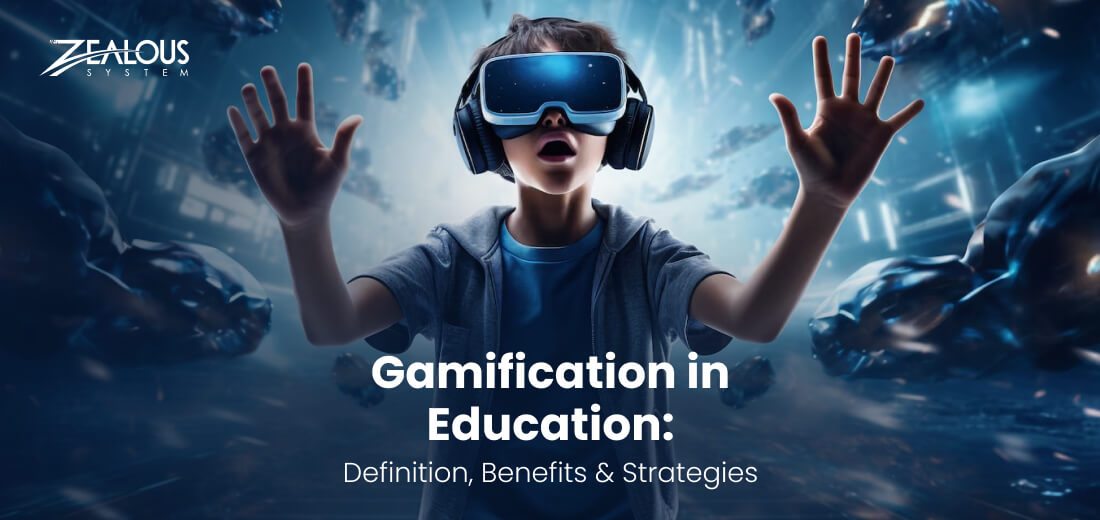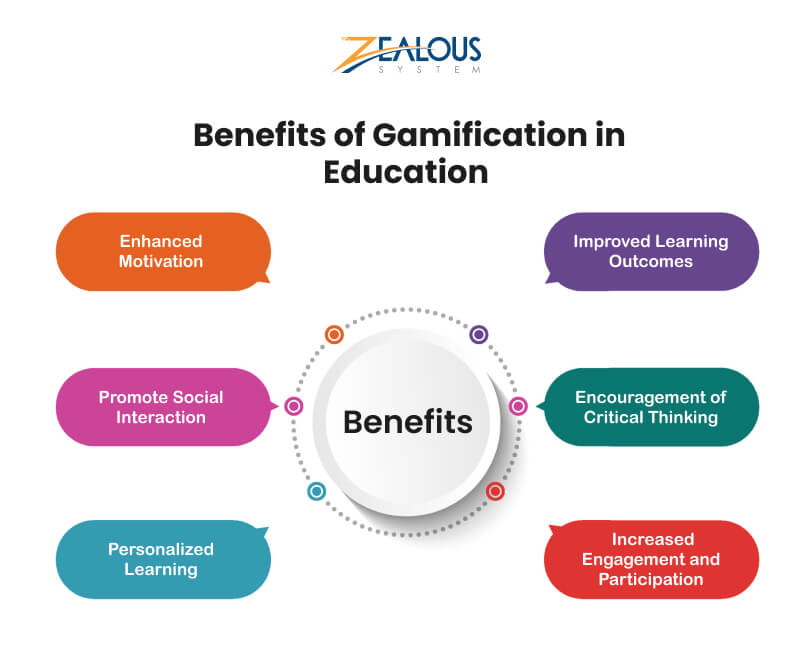
- Company
- Services
- UI/UX Design Services
- Microsoft Dynamics 365
- Mobile App Development
- AI Software Development
- Web App Development
- Generative AI Development
- Digital Product Development
- Enterprise Mobility
- SaaS Application Development
- Application Integration
- White-label WP Maintenance
- ERP Software Solutions
- Software Testing
- Offshore Development Center
- Let’s Connect
- Trending
- Technology
- Industry
- Build Your Team
- Our Work
- Company
- Services
- UI/UX Design Services
- Microsoft Dynamics 365
- Mobile App Development
- AI Software Development
- Web App Development
- Generative AI Development
- Digital Product Development
- Enterprise Mobility
- SaaS Application Development
- Application Integration
- White-label WP Maintenance
- ERP Software Solutions
- Software Testing
- Offshore Development Center
- Let’s Connect
- Trending
- Technology
- Industry
- Build Your Team
- Our Work
We use cookies and similar technologies that are necessary to operate the website. Additional cookies are used to perform analysis of website usage. please read our Privacy Policy
Gamification in Education: Benefits, Technologies & Strategies

In today’s digital age, traditional teaching methods are being reimagined to engage students in more effective ways. One such method gaining popularity is gamification in education. By integrating elements of games into the learning process, educators are finding innovative ways to make learning more enjoyable, interactive, and ultimately, more effective.
Gamification in education has emerged as one of the most significant and engaging trends in recent times. Teachers are using creative strategies to incorporate gaming mechanics into educational contexts, aiming to captivate students, enhance motivation, and promote active learning.
Discover the unique impact of gamification in education, a trend that leverages gaming elements to enrich learning journeys. Uncover its ability to inspire students, cultivate social interaction, stimulate critical thought, and tailor education to individual needs.
This article explores the concept of gamification in education, highlighting its benefits, drawbacks, and potential to revolutionize the way we approach learning in the 21st century.
What is Gamification in Education?
Gamification involves applying game design principles and mechanics to non-game contexts, such as education. In the context of education, gamification utilizes elements like points, badges, levels, challenges, and rewards to motivate and engage students in the learning process. By incorporating elements of play, competition, and achievement, gamification aims to enhance student motivation, participation, and retention of knowledge.
Gamification isn’t about turning classrooms into arcades. It’s about using game-like elements to make learning more engaging and effective. These elements can include:
- Points and Badges: Rewarding students for completing tasks or achieving milestones with points and badges can create a sense of accomplishment and healthy competition.
- Levels and Progression: Providing a clear learning path with defined levels gives students a sense of progress and motivates them to keep learning.
- Challenges and Quests: Framing learning activities as challenges or quests adds an element of fun and encourages problem-solving skills.
- Leaderboards and Teams: Healthy competition through leaderboards can motivate students, while teamwork fosters collaboration and communication skills.
- Storytelling and Narrative: Weaving a narrative into the learning process can make it more immersive and engaging for students.
The Benefits of Gamification in Education
Research suggests that gamification can offer a multitude of benefits for students:
1. Enhanced Motivation:
Gamification makes learning fun and engaging, motivating students to actively participate in educational activities. By introducing elements like points, badges, leaderboards, and rewards, students are incentivized to achieve academic goals and excel in their studies.
2. Improved Learning Outcomes:
The interactive nature of gamification fosters deeper learning experiences. Through hands-on activities, simulations, and challenges, students can apply theoretical concepts in practical scenarios, leading to better retention and understanding of the material.
3. Promote Social Interaction:
Many gamified learning platforms encourage collaboration and teamwork among students. By incorporating multiplayer games, cooperative challenges, and social features, students can interact with their peers, exchange ideas, and learn from each other in a supportive environment.
4. Encouragement of Critical Thinking:
Gamification encourages students to think critically and solve problems creatively. By presenting challenges, puzzles, and decision-making scenarios, students develop essential cognitive skills such as problem-solving, decision-making, and strategic planning.
5. Personalized Learning:
Gamified educational portals often adapt to the individual needs and preferences of students. Through adaptive algorithms and personalized feedback, students receive tailored learning experiences that cater to their unique learning styles, pace, and interests.
6. Increased Engagement and Participation:
Gamification captivates students’ attention and maintains their interest throughout the learning process. By incorporating elements of competition, exploration, and storytelling, educators can create immersive learning experiences that captivate students and keep them actively engaged in their studies.
The Role of Trending Technologies for Gamification in Education
Trending education technologies play a crucial role in enhancing gamification in education, offering innovative solutions to create immersive and effective learning experiences. Here’s how various technologies are shaping the landscape of gamified education:
1. AR and VR for Gamification in Education:
AR and VR technologies offer immersive experiences that bring educational content to life. By overlaying digital information onto the real world (AR) or creating entirely virtual environments (VR), these technologies enable students to explore complex concepts, interact with virtual objects, and engage in hands-on learning activities.
For example, students can take virtual field trips to historical sites, explore the human body in 3D, or conduct virtual science experiments, enhancing their understanding and retention of the material.
2. AI and ML for eLearning Gamification:
AI and ML algorithms power personalized learning experiences by analyzing student data and adapting content to individual needs. These technologies can track student progress, identify learning gaps, and recommend tailored activities or resources to optimize learning outcomes.
Additionally, AI-powered chatbots and virtual tutors can provide instant feedback, answer questions, and assist students in navigating gamified learning platforms, enhancing engagement and comprehension.
3. Gamified Learning Management Systems (LMS):
Modern LMS platforms leverage gamification features to motivate students and enhance their learning experiences. Gamified LMS systems incorporate elements such as badges, points, leaderboards, and quests to reward student achievements, encourage participation, and foster healthy competition.
These platforms also provide instructors with valuable insights into student engagement and performance, allowing them to adjust their teaching strategies accordingly.
4. Mobile Learning Apps for Gamification:
With the worldwide adoption of smartphones and tablets, mobile learning apps have become increasingly popular in gamified education. These eLearning application development offer anytime, anywhere access to educational content, allowing students to learn at their own pace and on their preferred devices.
Mobile apps can gamify learning through interactive quizzes, educational games, and gamified challenges, making learning more engaging and accessible to a broader audience.
5. Blockchain Technology:
Blockchain technology is revolutionizing credentialing and certification in education through secure and transparent digital credentials. By leveraging blockchain-based certificates and badges, gamified learning platforms can incentivize student achievements and provide verifiable proof of skills and accomplishments.
Blockchain also ensures the integrity and authenticity of digital credentials, preventing fraud and enhancing the value of gamified learning achievements.
6. Adaptive Learning Algorithms:
Adaptive learning algorithms analyze student performance data in real-time to dynamically adjust the difficulty level and pacing of educational content. By tailoring challenges, activities, and assessments to each student’s proficiency level and learning preferences, adaptive learning systems optimize engagement and promote mastery learning.
These algorithms enable gamified education platforms to deliver personalized learning experiences that cater to the unique needs of individual learners.
Examples of Gamification in Education
- Kahoot!: Kahoot! is a popular platform that allows educators to create and share interactive quizzes, surveys, and discussions. With features like points, leaderboards, and instant feedback, Kahoot! transforms learning into a fun and competitive game, encouraging active participation and knowledge retention.
- Classcraft: Classcraft is a gamified classroom management system that turns learning into an epic adventure. Students create customizable avatars, form teams, and embark on quests to earn points, level up, and unlock rewards. By promoting collaboration and positive behavior, Classcraft creates a more engaging and enjoyable learning environment.
- Duolingo: Duolingo gamifies language learning by turning lessons into bite-sized exercises and challenges. With features like streaks, achievements, and progress tracking, Duolingo motivates users to practice regularly and stay committed to their language learning goals.
- Minecraft: Education Edition: Minecraft: Education Edition harnesses the power of creativity and exploration to enhance learning across various subjects. Educators can create immersive virtual worlds where students can collaborate, problem-solve, and engage in hands-on learning experiences.
Tips for Implementing Gamification in eLearning
Implementing gamification in education requires careful planning and technical expertise to ensure its effectiveness. Here are some technical tips for seamlessly integrating gamified elements into educational settings:
1. Choose the Right Platform:
Select a robust education software development framework or platform that supports gamification features. Look for platforms with customizable APIs, user authentication systems, data analytics capabilities, and scalability to accommodate varying educational needs.
2. Define Clear Objectives:
You need to establish specific learning objectives and goals that align with the curriculum and educational outcomes. Determine the key metrics for measuring success, such as student engagement, knowledge retention, and academic performance.
3. Design Engaging Game Mechanics:
Incorporate gamified elements such as points, badges, leaderboards, challenges, and rewards that align with the learning objectives. Ensure that the game mechanics are intuitive, motivating, and conducive to learning.
4. Integrate with Learning Management Systems (LMS):
Seamlessly integrate gamified elements into existing learning management systems to streamline administration and user management. Ensure compatibility with popular LMS platforms and standards such as SCORM and xAPI for interoperability.
5. Provide Feedback and Progress Tracking:
Implement real-time feedback mechanisms to provide students with timely guidance and encouragement. Enable students to track their progress, monitor their achievements, and identify areas for improvement through interactive dashboards and progress reports.
6. Gamify Assessment and Evaluation:
Rethink traditional assessment methods by gamifying quizzes, exams, and assignments. Design interactive assessments that challenge students to apply their knowledge, demonstrate problem-solving skills, and engage with course material in meaningful ways.
7. Continuously Evaluate and Iterate:
It is important to collect feedback from students, educators, and administrators to evaluate the effectiveness of gamified learning experiences. Use analytics data to identify areas for improvement and iteratively refine the gamification strategy based on empirical evidence.
8. Ensure Accessibility and Inclusivity:
You need design gamified learning experiences with accessibility in mind to accommodate diverse learners, including those with disabilities or special needs. Ensure compatibility with assistive technologies, provide alternative formats for content delivery, and adhere to accessibility standards such as WCAG.
Conclusion
In summary, gamification in education offers a myriad of benefits, including enhanced motivation, improved learning outcomes, fostered social interaction, encouragement of critical thinking, personalized learning experiences, and increased engagement and participation.
By leveraging the power of gamification, educators can transform traditional learning environments into dynamic and interactive spaces that inspire curiosity, creativity, and lifelong learning. Education software development companies play a crucial role in designing and implementing gamified learning platforms that facilitate these transformative educational experiences.
We are here
Our team is always eager to know what you are looking for. Drop them a Hi!
Pranjal Mehta
Pranjal Mehta is the Managing Director of Zealous System, a leading software solutions provider. Having 10+ years of experience and clientele across the globe, he is always curious to stay ahead in the market by inculcating latest technologies and trends in Zealous.
Table of Contents
×


Comments